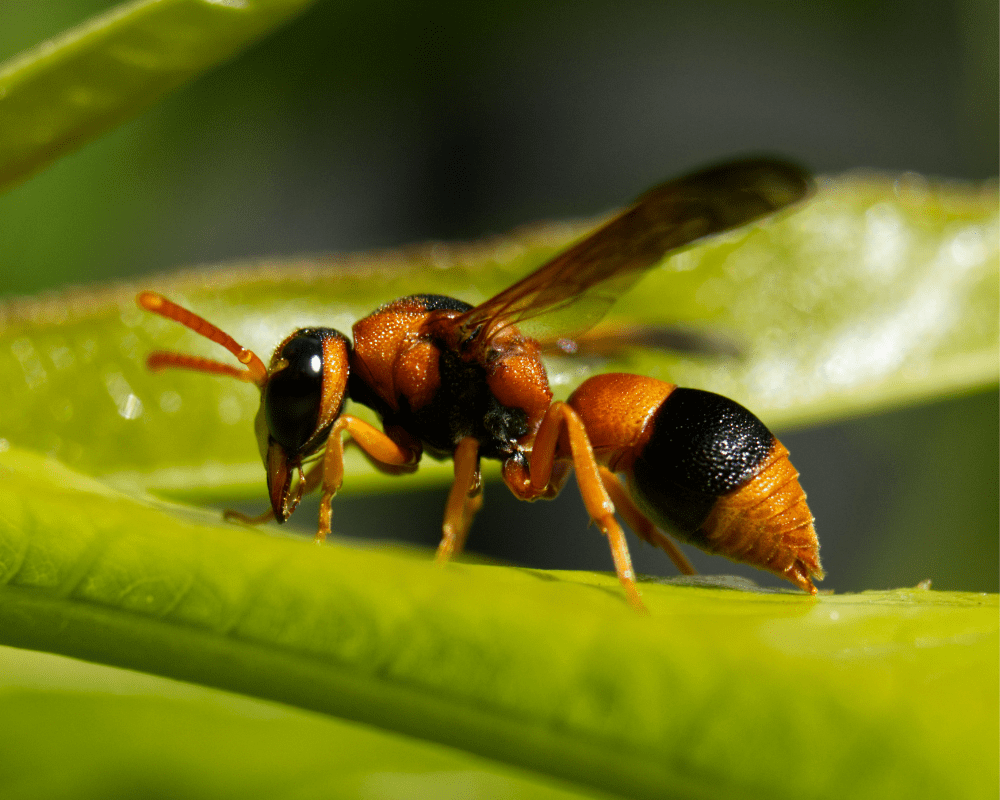The Australian hornet, Abispa ephippium, is found across Australia.
Are Australian hornets true hornets?
The Australian Hornet is a potter wasp of the genus Vespa, which means it isn’t a hornet at all. The Australian Hornet resides in Western Australia, and in actual fact no true hornets are found in Australia. Potter wasps are part of the subfamily Eumeninae in the Vespidae family, which also includes yellowjackets, paper wasps as well as hornets.
Are Australian hornets solitary?
They are solitary and do not operate under the leadership of a hive or colony. The females spend their lives building nests to house their young. Each nest will contain several ‘cells’ and each cell can only hold one offspring. The female builds the nest, creates the individual cells in the nest, smooths the surface, creates a ‘funnel’ to pack food into, then does the whole process all over again with a new nest.

What do Australian hornets prey on?
The offspring are incapable of feeding themselves, so the female will hunt young caterpillars. She will find them eating or moving around in the daytime, and even invade their homes and capture them. The female hits the caterpillars with a power sting to paralyze them then she transports them to the nest and packs them into the cells. She’ll pack several caterpillars inside so that her young have enough food.
Are Australian hornets big and aggressive?
Australian Hornets can be as big as 3 cm, or 1.2 inches. Despite the size, they are not an aggressive species. The females will fight to defend their nests, but generally, if you leave them alone, they’ll leave you alone. The females are far too busy building and hunting and their solitary nature mean they are less likely to come into contact with people. See the biggest wasps here.
What is the role of the male Australian hornet?
The primary directive of a male Australian hornet is to mate with the female so that she may lay her eggs inside the cells she’s built. The males do not have a role in hunting. They populate around water sources, nectar sources, and hang out around the female’s nests to mate. It is a relatively easy life for the males of the species, although it is relatively short-lived.
How long do they take to build their nests?
Building the nest and all the cells inside it is a lengthy and strenuous process for the females. It can take so long that some of the first laid larvae will mature and emerge before the mother is done building the full nest. Building the nest and acquiring the food for the offspring is life’s work for the female.
